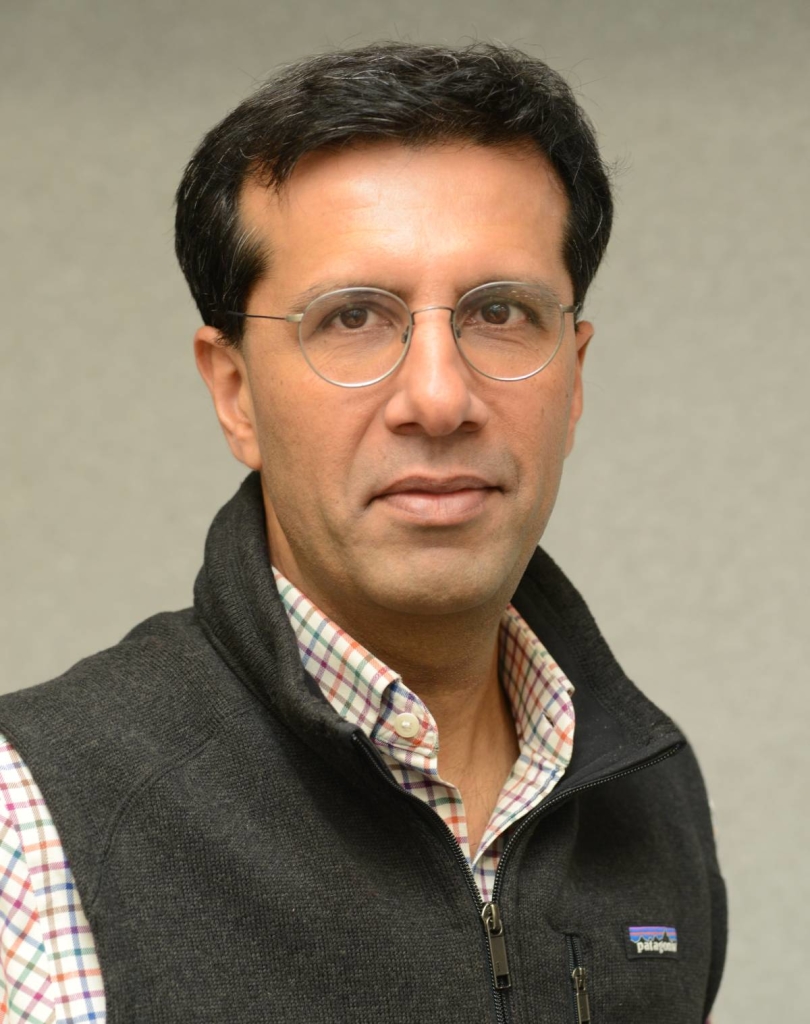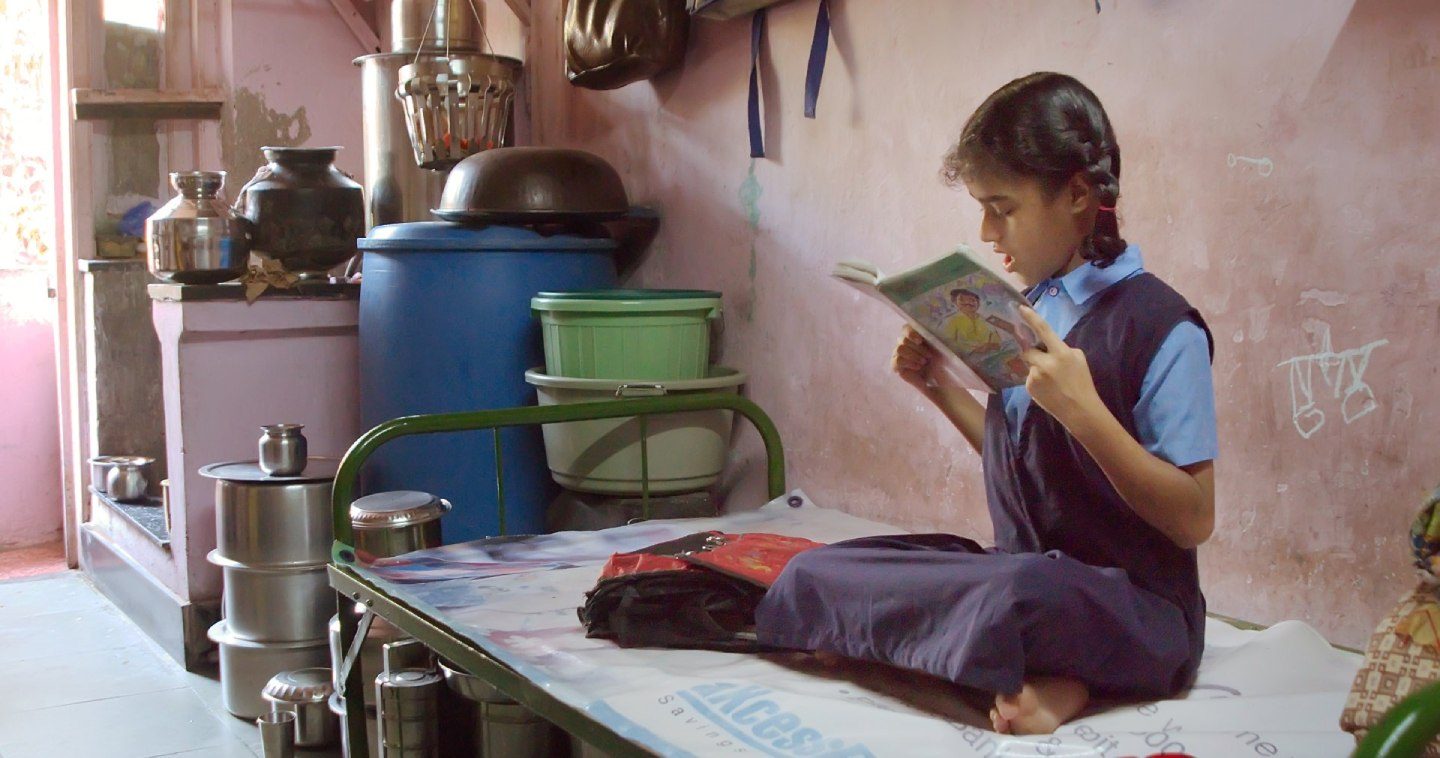Schools first shut owing to Covid-19 in March 2020. Almost two years on, just after schools reopened, they are shutting again given the surge in Covid cases due to the new variant Omicron. While healthcare across the country remains a priority, as should be the case, we must acknowledge the staggering quantum of learning loss. 80% of children aged 14-18 years reported lower levels of learning than when physically in school (UNICEF, Sept 2021). Not only did children lose out on in-person learning, they also forgot what they had learnt in the previous year. According to a study by the Azim Premji University, 92% of children on an average have lost at least one specific language ability from the previous year across grades 2-6, while 82% have lost at least one specific mathematical ability.

Despite the setback(s), 2020-21 will go down as a milestone year for school education in India. The National Education Policy (NEP) 2020, India’s third education policy after a gap of 34 years, was approved in July 2020. NIPUN Bharat, a nation-wide mission to ensure every child acquires Foundational Literacy and Numeracy (FLN) skills — a child’s ability to read with meaning and perform basic math by grade 3 — was launched in July 2021. The National Achievement Survey (NAS) conducted by CBSE in November 2021 included grades 3, 5, and 8 from private schools for the first time in addition to government schools. Collectively, as a nation, we challenged our assumptions about what education is and how it could be delivered in the absence of normal schooling. EdTech became the mainstay even though, so far, it had only been on the margins and used on an adhoc basis. Integration of technology in education to ensure children continue to learn at home despite school closures was a testimony to EdTech’s transformational potential.
Drawing from what we’ve learnt in the past couple of years — and given that repeated school closures are here to stay — these shifts (and their acceptance) could lead to a learning revolution in 2022 and beyond: digital innovation; learning beyond schools; and multi-sector collaborations.
Digital Innovation
We saw widespread adoption of and innovation in EdTech in the last two years. Rocket Learning, a non-profit EdTech organization, and Convegenius, an EdTech social enterprise, have both leveraged WhatsApp to engage parents, teachers, and students. While the former uses WhatsApp groups to create a digital learning community where a parent’s participation encourages other parents, the latter uses a chatbot to assess learning levels and accordingly provide remedial content. Going forward, such personalized EdTech will be key — customizing education delivery based on the learning levels of the child. As we prioritize mitigating the learning loss, we should consider scaling up personalized learning solutions that can help children catch-up and maximize their learning gains.
We also need to ramp up access to devices and internet connectivity, challenges that were laid bare when the country switched to online learning. Innovating for Bharat is the only way EdTech can be integrated to serve every child, and not just children in metropolitan cities.
In addition to personalization, we need to innovate the content to be high-quality, contextual, and available in vernacular languages to cater to every child in Bharat, however far-flung the child’s village might be. We also need to ramp up access to devices and internet connectivity, challenges that were laid bare when the country switched to online learning. Innovating for Bharat is the only way EdTech can be integrated to serve every child, and not just children in metropolitan cities.
As EdTech penetration deepens, so must its know-how among teachers. They need to be trained in using EdTech solutions effectively to improve learning outcomes.
Partnerships and Collaborations
Expanding access to education is just as important as innovation. Around 26% of students still do not have access to a device, as per the Annual Status of Education Report (ASER) 2021. The report also revealed that households’ access to devices and internet connectivity did not necessarily translate into the device being used by the child for learning. State governments of Kerala and Haryana have committed to distribute devices to children for learning to address the issue of access to devices. However, meaningful partnerships between the public and private sector players might help resolve this even more quickly and at a larger scale.
According to a 2020 Oxfam survey, in households that had device access, more than 75% of parents had trouble ensuring online lessons because of the lack of an internet connection, poor signal or the inability to afford it. The Learning Passport is a great example of innovation and partnership to deliver education to students in low connectivity areas. Developed by UNICEF and Microsoft, it provides students with offline lessons in multiple languages and allows educators to upload local curricula. It was listed among Time Magazine’s 100 Best Inventions in 2021, and is currently being used by over 17 countries.
In India, a decentralized model of education might better reflect local education needs and improve access. Governments could potentially collaborate with content companies to improve software or CSR and private companies can consider large-scale device distribution and strengthening internet connectivity. Globally, we should be discussing mutual learnings to develop a consensus on how education is likely to change. There is a lot to learn from the approaches of other countries on how they foolproof education.
Learning Beyond Schools
The pandemic disrupted and challenged traditional teaching-learning methods. It taught us that learning can go beyond brick and mortar classrooms, be more engaging and interactive by way of videos, activities, and discussions. We are steadily embracing the concept of ‘learning from anywhere, at any time’. In early childhood education particularly, the distinction between formal and informal learning is already blurring. The NEP 2020 has provided a clear pathway for informal learning to be adopted in school curriculum.
Haryana demonstrated how learning could extend beyond classrooms, informally, when schools shut. Volunteers were identified from within the village(s) to conduct 90-minute long mohalla classes for 5-10 children at least thrice a week. We need to put more resources and efforts into identifying and building local capacities at the community level to ensure continued learning.
The pandemic disrupted and challenged traditional teaching-learning methods. It taught us that learning can go beyond brick and mortar classrooms, be more engaging and interactive by way of videos, activities, and discussions. We are steadily embracing the concept of ‘learning from anywhere, at any time’
Parental engagement and participation in children’s learning too increased during the pandemic. ASER 2021 shows that 75% of children received help either from parents or older siblings at home. Rocket Learning’s WhatsApp model too witnessed regular participation from parents. We must ensure that we do not lose this momentum of increased parental involvement. There is enough research and evidence that establishes parental involvement helps children learn better.
Education in 2022
Repeated school closures based on local or regional Covid-19 considerations will likely be the new normal for a while. Even when schools are open, they will not be operating at full strength until everyone, including children, gets vaccinated. And we need to adapt to this reality. We need to see better access to, and integration of, EdTech in the third consecutive pandemic-academic year. Governments, education departments, teachers, philanthropists, researchers, EdTech entrepreneurs, and the education ecosystem must collaborate in a more concerted manner to ensure continued learning. We need to innovate, and keep parents and the community energized to support children’s learning outside classrooms.
(Disclaimer: This is a longer version of the piece originally published in Hindustan Times on January 18, 2022.)



